© 2025
All rights reserved
Self-driving cars have received a lot of press in the last few years. It makes sense, the promise of cars that drive themselves is easy for anyone to understand and is a convenience most of us would enjoy. It has been predicted for decades, but recent technology advancements have improved the feasibility and many experts agree we are only a few years away from the completion of this monumental challenge. In fact, in most new cars there are already convenience and safety features that come from the self-driving technology suite.
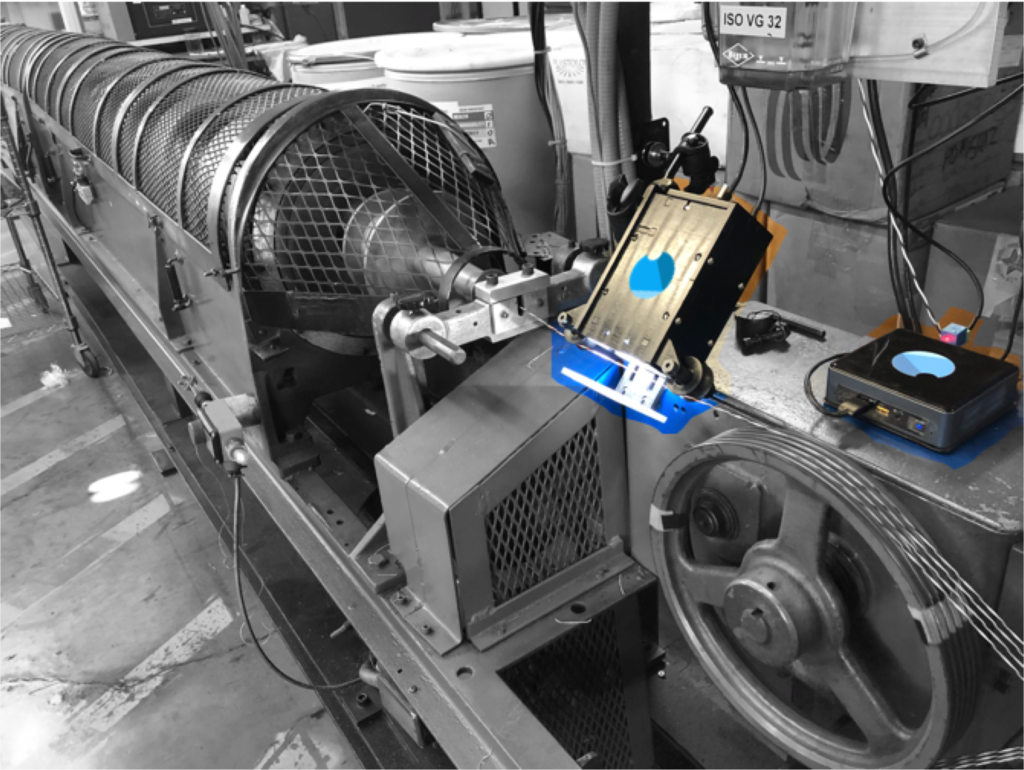
Among the technological advances most responsible for the advancements are lower cost cameras and computers (from automotive and consumer electronics) and neural net programming techniques that have allowed object and sequence recognition to skyrocket in accuracy. While these tools are helping vehicles trying to drive themselves, they can also be used in a variety of other fields. The same building blocks are supporting cashierless retail stores, intelligent security systems, and many other applications where vision systems use recognition and knowledge of context to gather information.
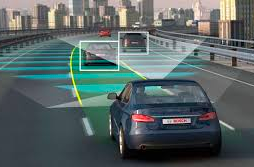
Manufacturing has countless opportunities for visual supervision and eventually complete computer guidance of machines. Many of the same science fiction stories that predict autonomous cars also predict unmanned factories. Complete lights out factories will likely take far longer than self-driving cars, but just as automatic lane following and adaptive cruise control are preceding full self-driving vehicles, there are manufacturing tools ready today to help all kinds of factories improve quality and operations through the use of new technology.
In manufacturing the tricky questions are where to start? And can you generalize your technology enough to allow different factories to benefit from the same products? Overview has spent time working through these questions and have decided to focus our effort on the Wire and Cable industry.
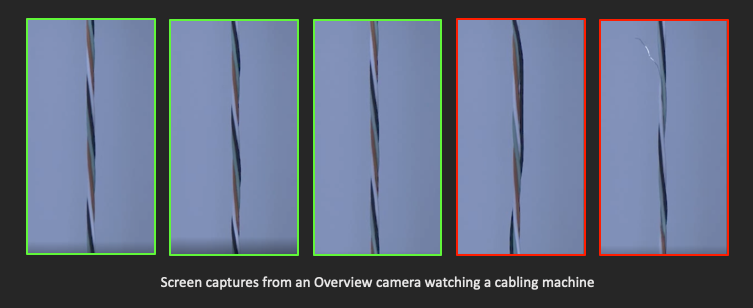
First of all, it is exciting to try and help an industry which is creating crucial part of modern infrastructure. Wire and Cable is also a good choice because it has a lot of attributes that suit it to the new technology. First and foremost, wire and cable is already a heavily mechanized industry where machines make the same product continuously for hours on end. However, in many cases the machines pre-date computers and so there is little to no digital feedback built in. With machines already doing all the creation of the product, but without a brain, an intelligent camera can instantly add a high degree of control and feedback, often beyond what many new machines have without intelligent vision.
An Overview camera can get continuous information on every mm of cable as it is made from a tightly framed view on the product as it comes off the machine. Cameras can be fit in between dies and drive wheels or in between other sensors. Generally the Overview setup is one of the smallest quality tools you’ll fit into your machines.
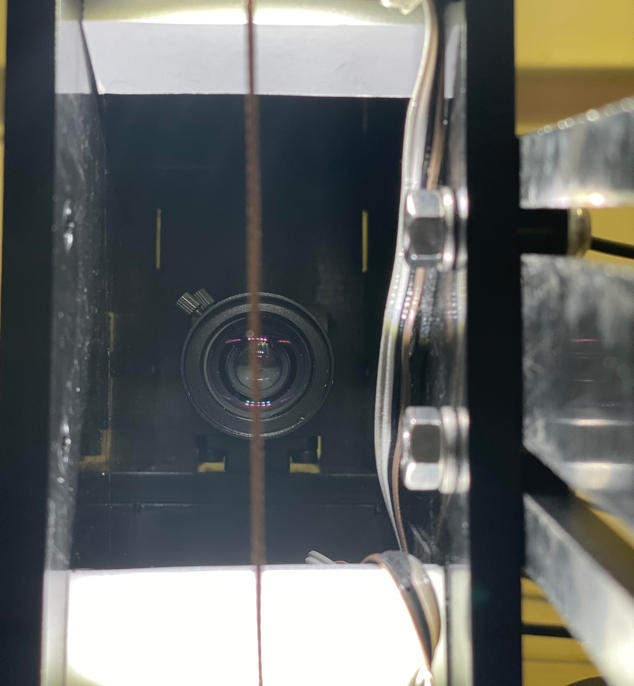
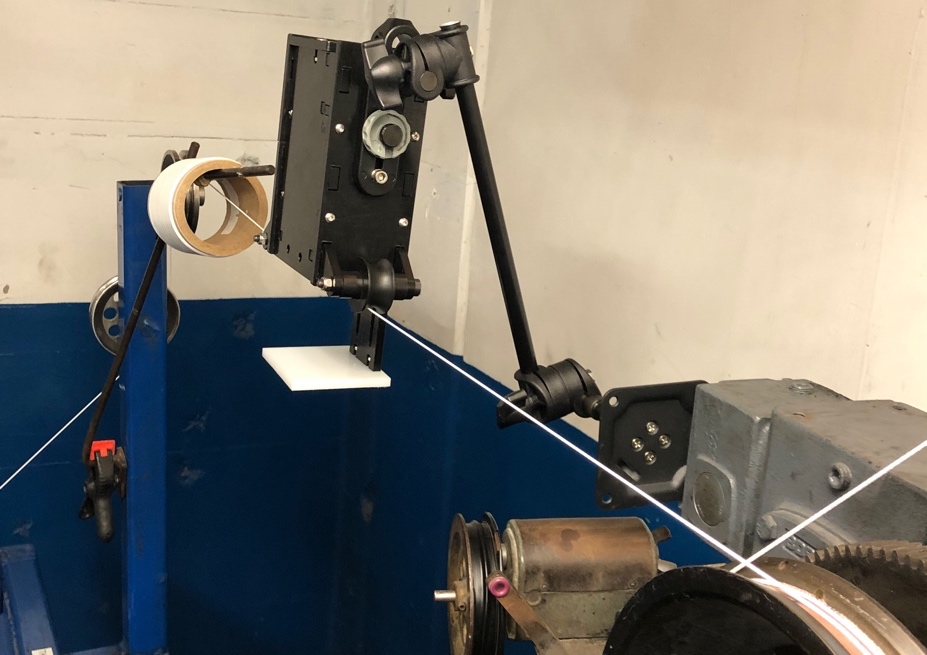
Finally, the nature and frequency of the errors lend themselves to several of the most accurate computer vision techniques including classification through a neural net. Furthermore, cables vary, but they have enough common attributes that general algorithms can be written that don’t take a prohibitive amount of customization to work. This is truly a differentiator of the new type of algorithm. Classical computer vision techniques can not accurately handle the variation cable to cable.
Having machines with continuous error spotting helps in a few ways. Complete error spotting means there is no way an error can escape your factory. Overall quality will increase. Real-time error spotting reduces rework time, and allows quality teams to more quickly debug problems, by summoning people to machines or by uncovering an underlying pattern.
The “cruise control” the Overview cameras allow, help operations in a number of ways. Error spotting and machine stop, can allow dark shifting, where machines run with nobody in the facility. You can also see more overall use of your machines if you currently rely on operators to monitor and shutdown machines in error situations. Operations teams can run more equipment for longer or individuals can tend to more machines.
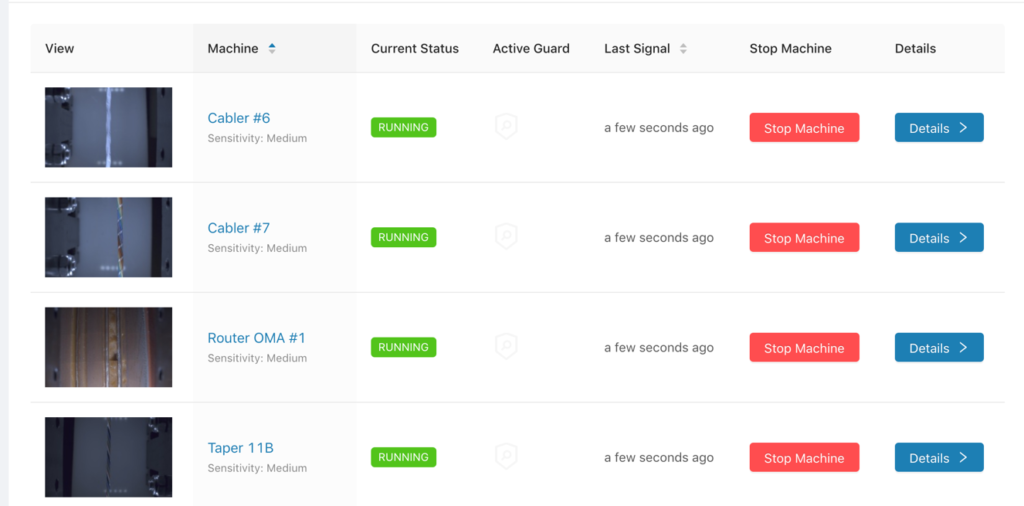
The continuous data collection that accompanies the error spotting can allow a more complete operational improvement by uncovering deeper inefficiencies. While the error spotting is the immediate benefit, the continuous tracking of production and error data can teach you about the effectiveness of your operations on a deeper level.
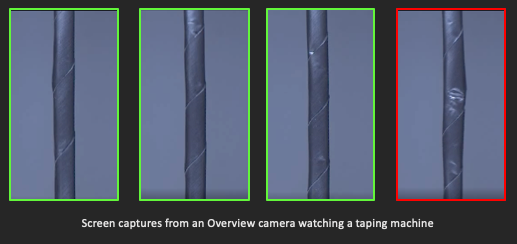
Industry 4.0 is a buzzy term that often refers to a lot of potential modernization options. Overview’s cameras can definitely be thought of as an “industry 4.0” product, but the optimization from greater data collection is often a secondary benefit. The primary benefit is the real time error spotting, and while it is 100% enabled by advancing technology it is a more immediate and concrete improvement relative to some of the squishier industry 4.0 efforts. We think the immediacy of the error spotting helps in the short term and the data collection works in the background to ultimately make some of the step change improvements that can come from embracing an industry 4.0 mentality.
While we believe factories will see the most benefit from outfitting all of their machines with the Overview system, curious operators can start with a single machine or a handful of machines. The self-contained, one-off nature of the Overview cameras and web interface allow easy trials and slower incremental use of the technology rather than a disruptive overhaul.
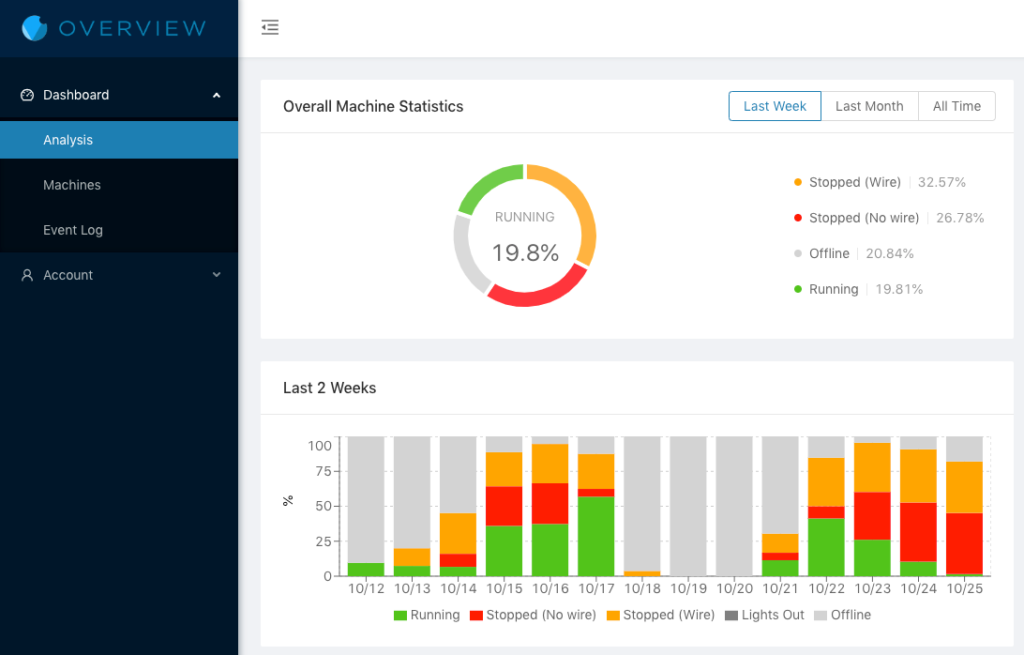
Overview’s vision systems use advanced AI recognition algorithms to create reliable and affordable error spotting systems. Real time defect detection provides immediate benefits in improved quality and reduced rework time and scrap. Continuous connectivity and data collection allow the long term efficiency improvements that industry 4.0 technology promises. A low cost and easy integration allows anyone to try this exciting new technology and see how it fits in their workflow.
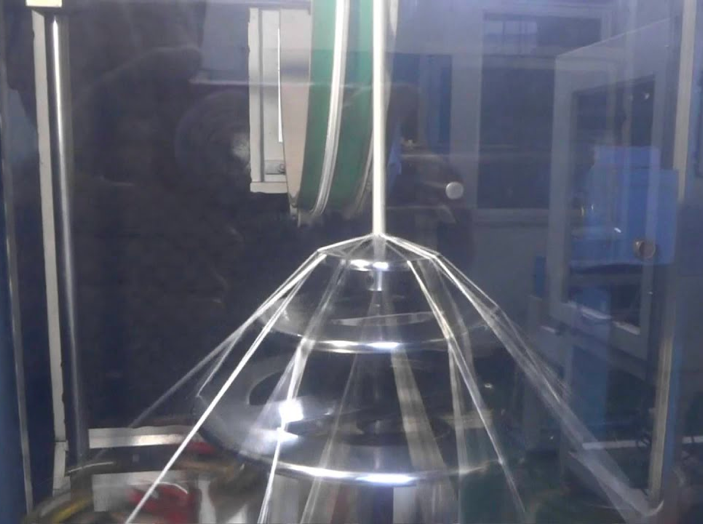
Chris Van Dyke is Overview’s CEO and one of its founders. Before Overview Chris worked for 8 years at Tesla where he designed custom charging cables for all of Tesla’s EV charging applications. After working on the charging systems, Chris led a team that designed the Gigafactory and spent time working with many manufacturing teams. Chris left Tesla to start Overview because of the exciting promise of computer vision and satisfaction of working in the manufacturing field.
Please contact Chris at chris@52.43.28.86 with any follow up questions
© 2025
All rights reserved